Leading market players are investing heavily in research and development in order to expand their product lines, which will help the Canned Tomatoes Market, grow even more. Market participants are also undertaking a variety of strategic activities to expand their footprint, with important market developments including new product launches, contractual agreements, mergers and acquisitions, higher investments, and collaboration with other organizations. To expand and survive in a more competitive and rising market climate, Canned Tomatoesindustry must offer cost-effective items.
Manufacturing locally to minimize operational costs is one of the key business tactics used by manufacturers in the Canned Tomatoes industry to benefit clients and increase the market sector. In recent years, the Canned Tomatoes industry has offered some of the most significant advantages to medicine. Major players in the Canned Tomatoes Market, including Red Gold, General Mills, Inc., Kraft Heinz Company, Sun-Brite Foods Inc., Dematteis, Del Monte Foods Holding Limited And Subsidiaries, Unilever Plc, Nestle S.A., Conagra Brands., Princes Limited and others, are attempting to increase market demand by investing in research and development operations.
The Kraft Heinz Company (KHC), also known simply as Kraft Heinz, is an American food corporation founded through the merging of Kraft Foods and the H.J. Heinz Company, which is headquartered in Chicago and Pittsburgh. As of 2021, Kraft Heinz has annual revenues of around $26.0 billion, ranking third in North America and sixth overall in terms of food and beverage corporations. October 2021, Kraft Heinz acquired Assan Foods, a rapidly developing sauces-focused company. The goal of this transaction was to increase Kraft Heinz's position in important growing markets.
The product portfolio of Assan Foods would complement Kraft's International Zone's growth strategy of Taste Elevation and expansion, which represents a significant long-term opportunity for the company.
Nestlé S.A. is a worldwide company in the food and beverage sector with headquarters in Vevey, Vaud, Switzerland. In terms of sales and other metrics, it has surpassed all other publicly traded food companies since 2014 in the world. In 2017 the Fortune 500 ranked it at number 64, while in 2016 the Forbes 2000 list of the largest public firms in the world ranked it at number 33. In October 2020, Nestlé acquired Freshly, a meal-delivery service based in the United States.
This acquisition was made to strengthen Nestlé's portfolio and increase its potential to capitalize on new realities in the US food market.
October 2023- Publix Super Markets will begin carrying products from Pastene, an importer of authentic Italian specialty foods, in over 1,300 of their stores. This launch with Publix represents an exciting opportunity for Pastene to introduce their rich, flavourful products to Publix customers. Pastene will initially offer a wide variety of canned tomato items at Publix locations. Pastene's signature product is made with sun-ripened tomatoes from California that are harvested at peak ripeness just once a year and canned within five hours of picking. The sweet, juicy chunks of tomato give a hearty texture to sauces, casseroles, and soups.
A hint of fresh basil enhances the flavour to create a rich sauce with the taste of long simmering. Packed with basil for extra flavour, authentic San Marzano Tomatoes are individually numbered and marked with the official D.O.P. designation on each can, verifying that the tomatoes come from the Sarnese-Nocerino region of Italy where true San Marzano tomatoes are grown.


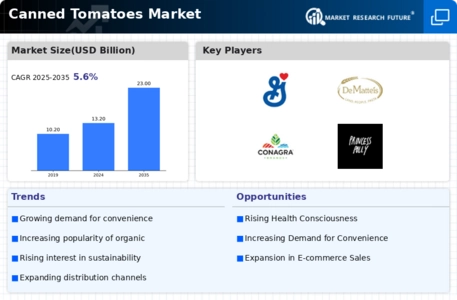
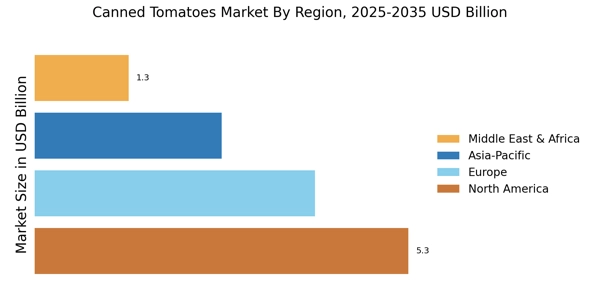



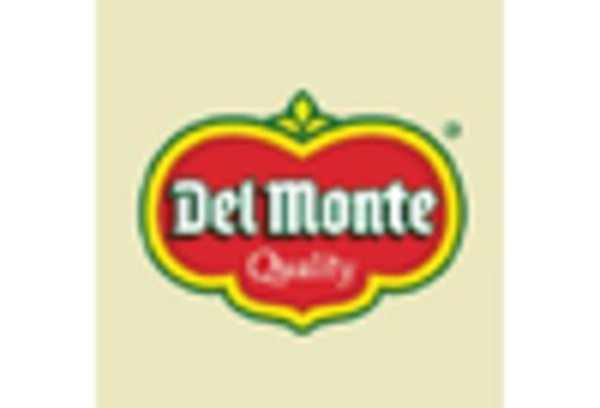
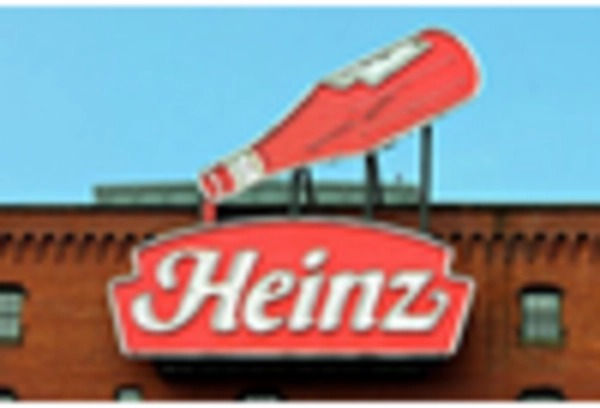
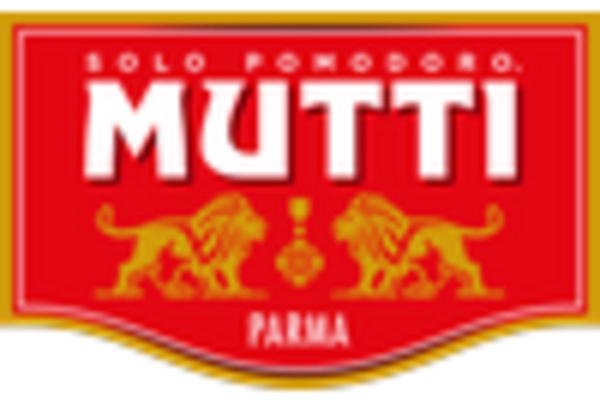








Leave a Comment